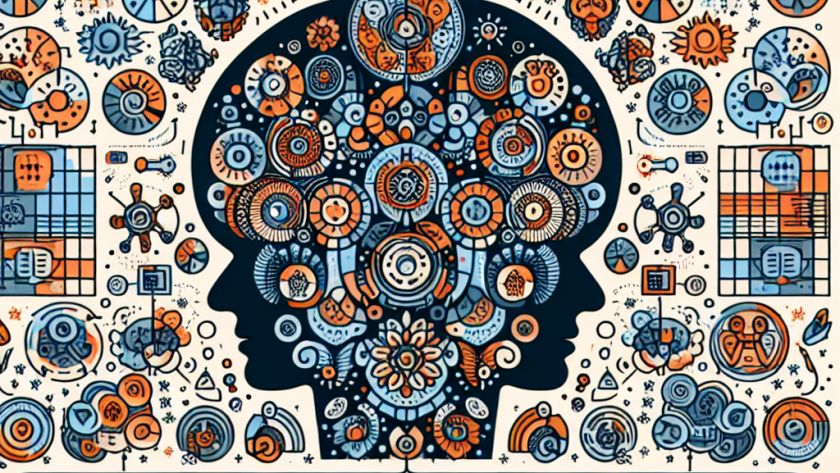Advancements in Artificial Intelligence have paved the way for large language models (LLMs) like GPT-4 and Llama 2, which have shown exceptional performance across various sectors including agriculture, healthcare, and finance through their ability to assist in complex decision-making and data analysis tasks. However, there is ample room for improvement, specifically in the agricultural sector,…










